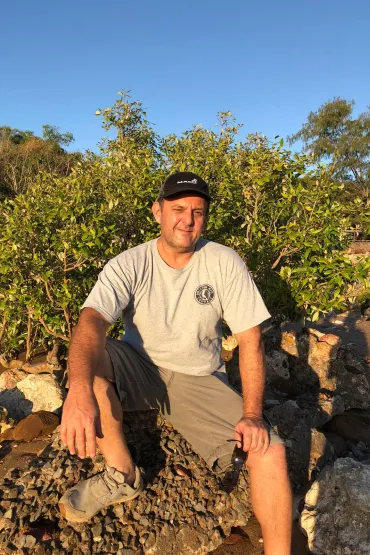Research project title
Evaluating Mangrove Forest Landscape Restoration Opportunity in Indonesia
Abstract
Indonesia maintains the largest most productive mangrove estate globally yet has experienced the world’s greatest extent of mangrove loss. New policy mandates to restore 600,000 ha of mangroves between 2020-2024 and 1.82 million ha by 2045 are at high risk of failure given mangrove restoration’s poor national and global track records. Inadequate assessment focused largely on biophysical parameters without consideration of social, economic and political factors underpins this lack of success.
The over-arching aim of this PhD study is to map and analyse mangrove forest landscape restoration (MFLR) opportunity in two critically degraded Indonesian landscapes; Demak, Central Java and Tanjung Panjang, Gorontalo, using a modified version of the Restoration Opportunity Assessment Method (ROAM). Consideration of biophysical factors and practitioner capacity to overcome biophysical barriers yielded 5,403 ha of restoration opportunity in Tanjung Panjang or 100% of the site, and 9,720 ha in Demak equal to 81% of the landscapes deforested mangroves. However, stakeholder mapping of restoration opportunity based upon social, economic and policy factors significantly reduced restoration opportunity. Three scenarios were developed in Tanjung Panjang totalling 113, 842 and 2492 ha of restoration opportunity (equivalent to 2.5%, 15.9% and 47.0% of the deforested landscape) with only 50.6 ha of opportunity in Demak corresponding to 0.4% of the deforested landscape.
Thirty-one social, economic and policy barriers across the two landscapes were identified which serve to impede MFLR opportunity. Cost-benefit analysis of four restoration scenarios across the two sites resulted in the calculation of 64 financial and economic net present values (NPV) representing the current monetary value of future restoration benefits. When using financial (direct use) values the costs of restoration outweighed restoration benefits in 25 of 32 scenarios. However, use of economic values (direct use and ecosystem services) showed that benefits from restoration outweighed their costs in 23 of 32 cases.
Findings of this research show that a suite of social, economic and political factors outweighs the importance of biophysical factors when determining a ‘true’ restoration opportunity in mangrove systems. Restoration options revealed through application of a system-state and threshold model developed during this research revealed restoration and rehabilitation as the two main options in Tanjung Panjang and rehabilitation or intentional transformation in Demak. Application of the system-state, threshold and restoration option model to degraded and deforested mangrove landscapes in Indonesia and abroad can help decision-makers and practitioners determine appropriate, cost-effective MFLR options and prioritise sites.
Research interests
Social, ecological, economic and governance aspects of integrated mangrove management. Mangrove rehabilitation. Sustainable coastal livelihoods. Near-shore fisheries. Blue carbon. Indigenous seascape management. Empowerment. Extension services. Resilience and systems thinking.
